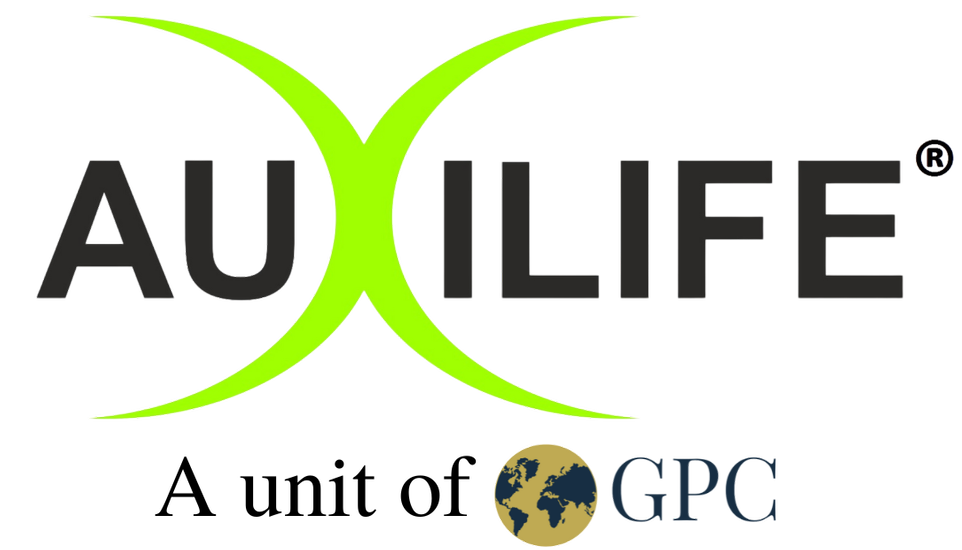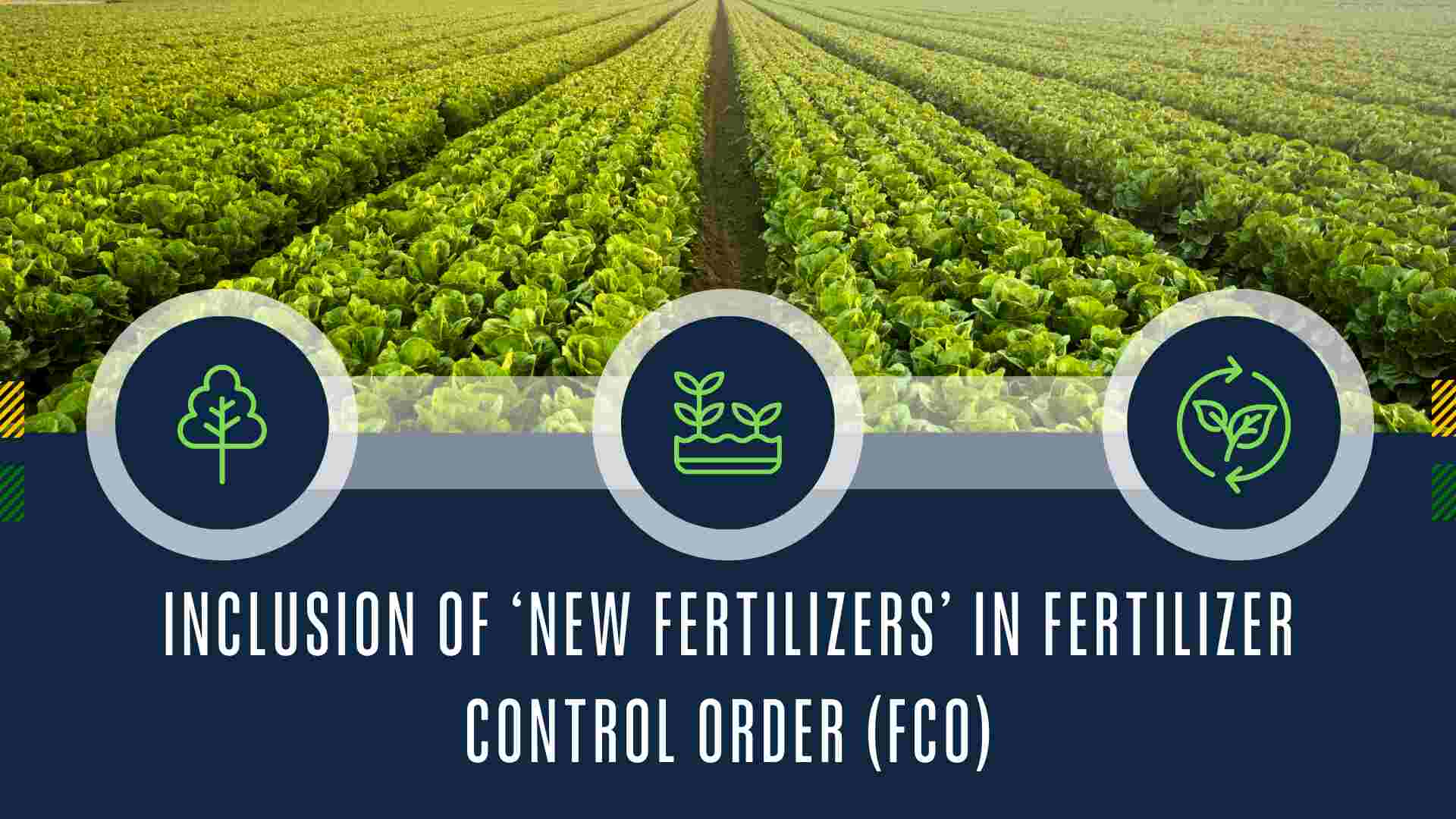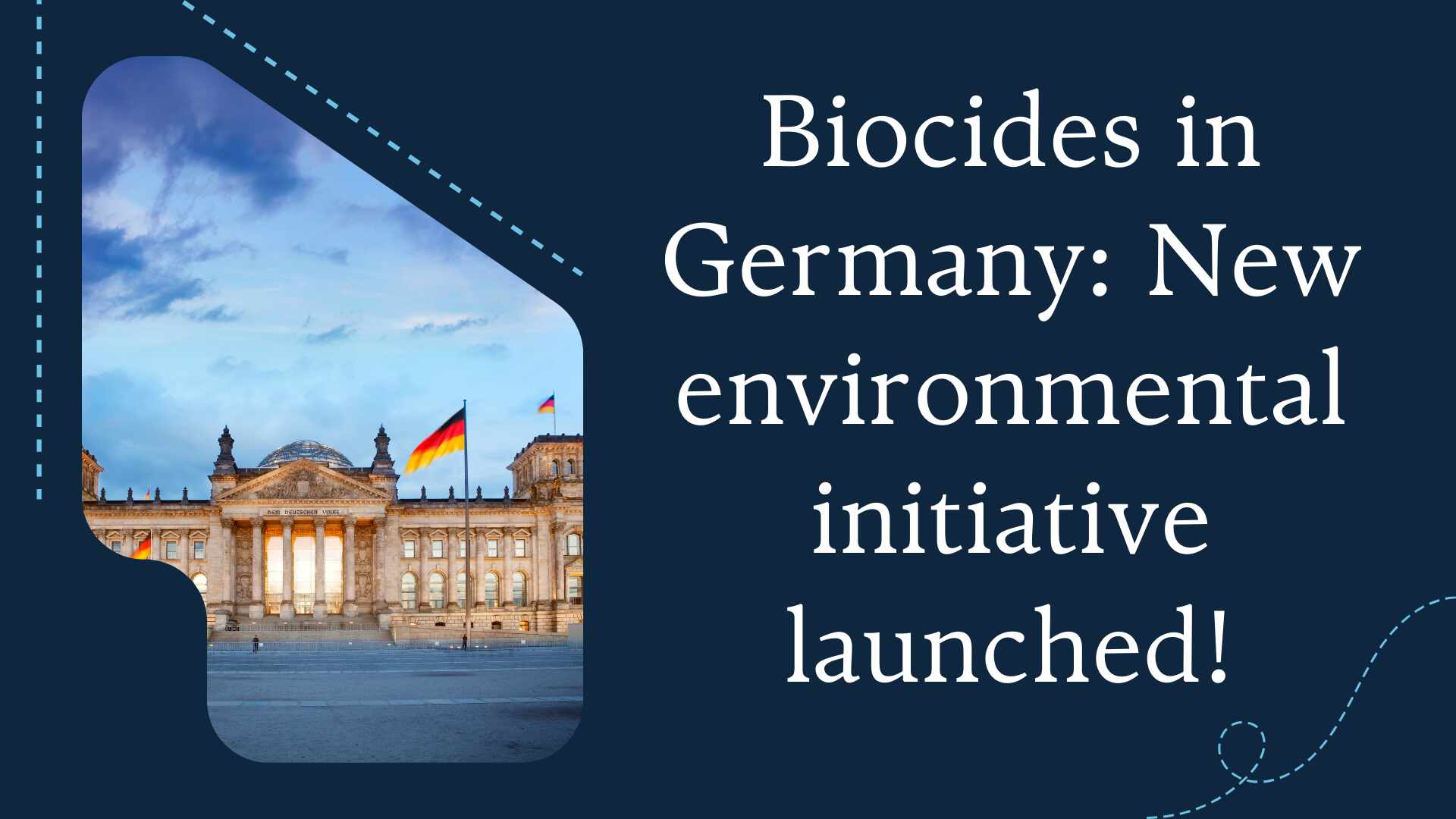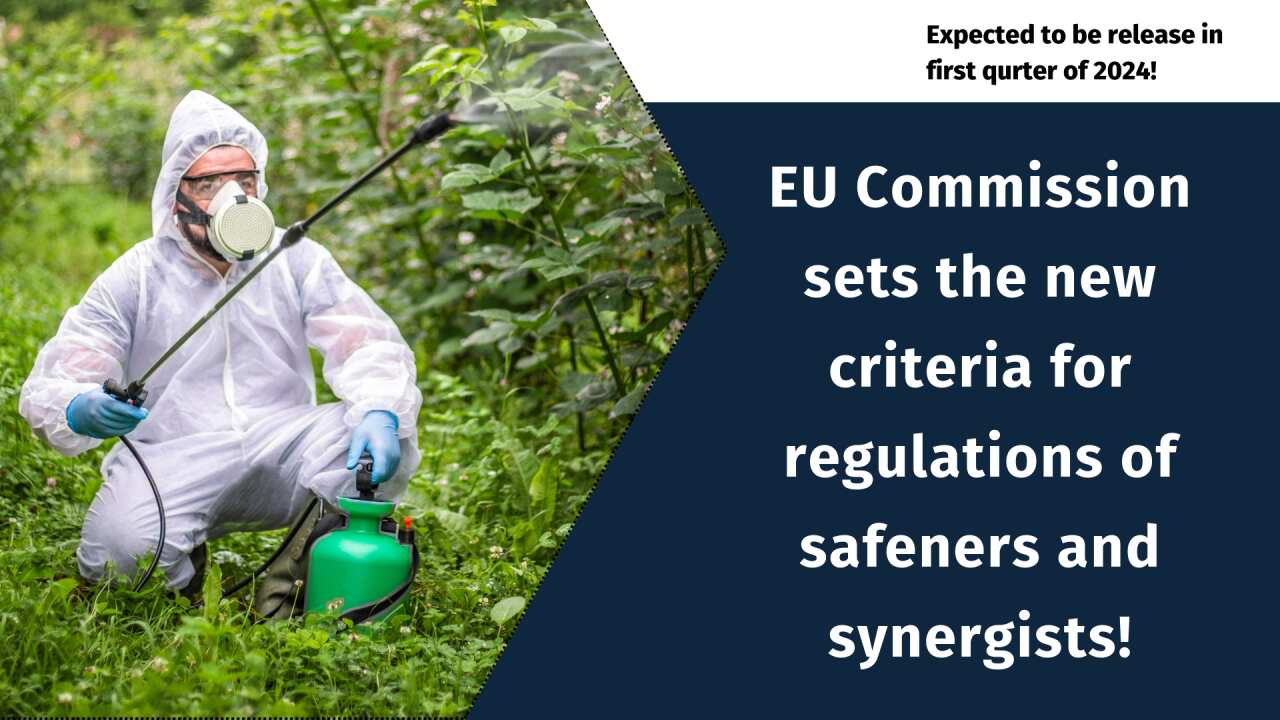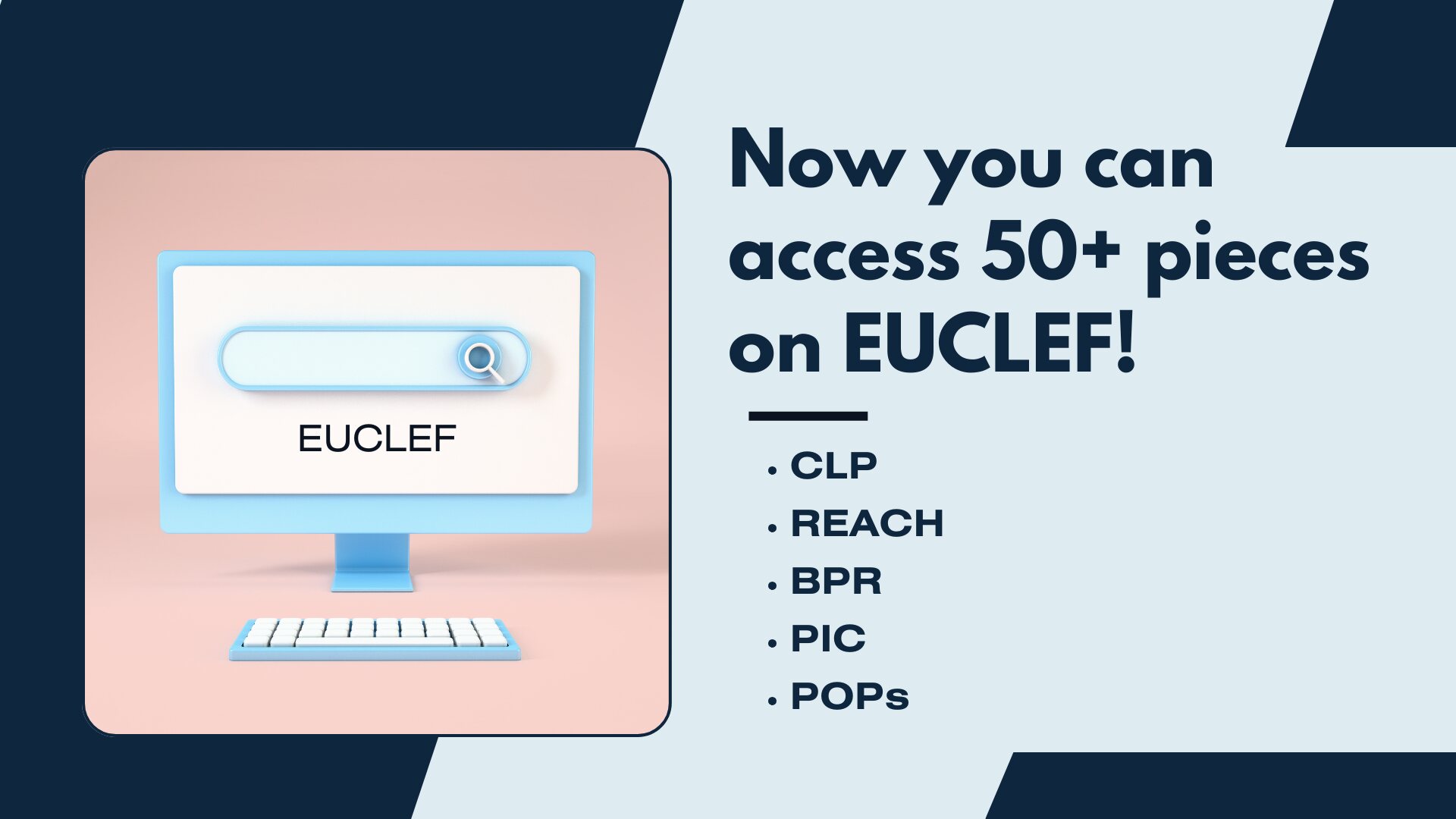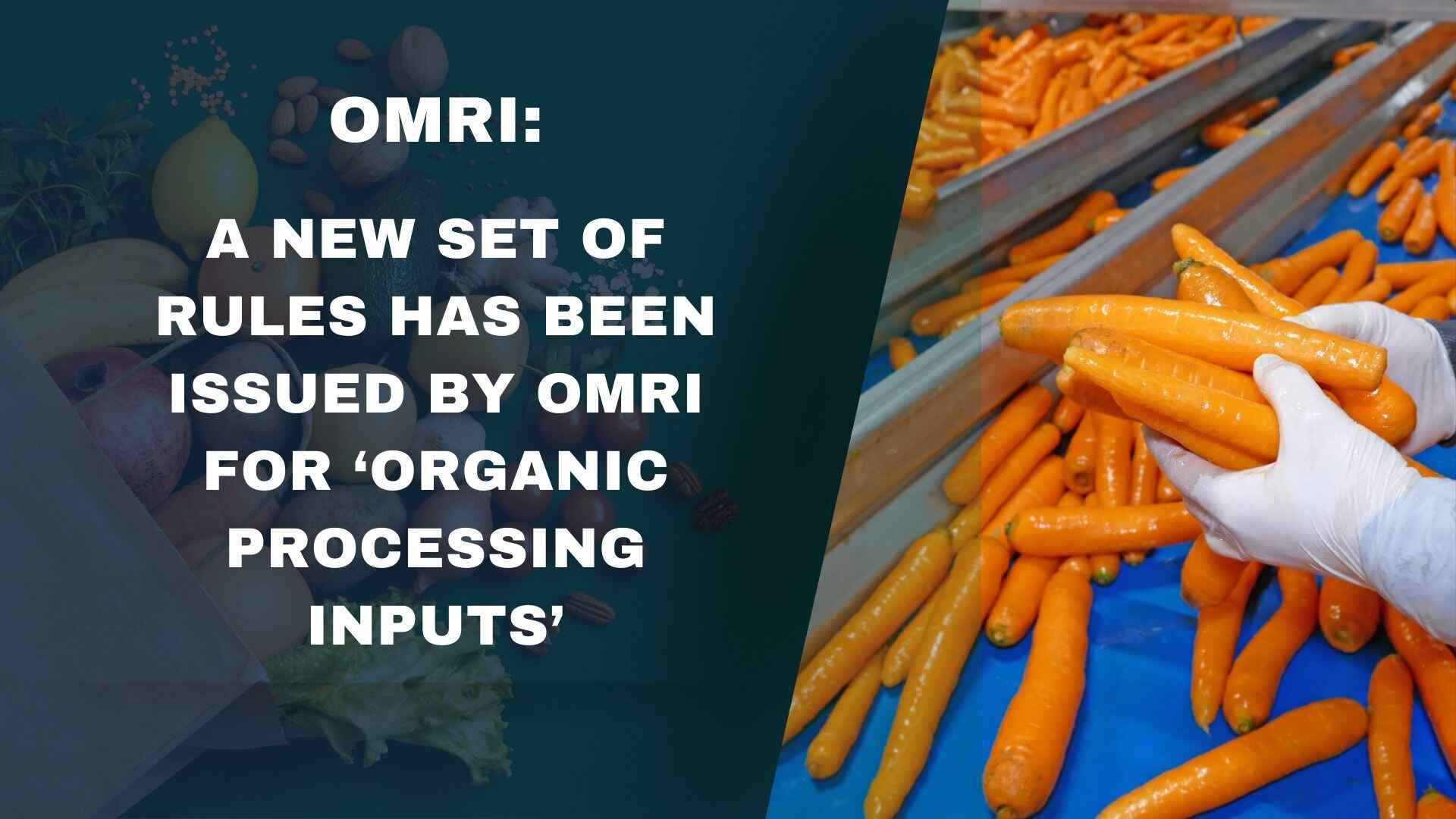EFSA is currently evaluating its 2013 document on the ‘risk assessment’ of plant protection products and bees (Apis mellifera, Bombus spp., and solitary bees).
What guidance document published in 2013 says?
The objective of this Guidance Document (GD) is to outline a process by which plant protection products (PPPs) can be evaluated for their potential risk in causing unacceptable harm to group of non-target organisms (bees). The guidance document has taken care of potential risk in causing unacceptable harm to a group of non-target organisms (bees), maximum exposure level given by the specific protection goals (SPGs), the use of a tiered risk assessment scheme with a simple and cost-effective first tier to more complex higher tier studies under semi-field and field conditions.
Updates
In a meeting held on 17 February 2022, the Commission initiated discussions with Member States on setting specific protection goals for bumblebees and solitary bees.
EFSA has prepared a revised draft guidance document based on the mandate, which has been submitted for public comment along with the respective data, analysis and background data.
EFSA launched a public consultation on 18 July 2022 on its draft guidance document on risk assessment of plant protection products and bees, covering honeybees, bumble bees, and solitary bees.
The consultation was run for 12 weeks and closed on 3 October 2022.
In addition, the Commission has asked EFSA to ensure that all opinions and viewpoints are taken into consideration in the process.
Following the completion of the workshop with stakeholders and member states, EFSA can finalize the revision of the guidance document.
References:
✓ EFSA: https://connect.efsa.europa.eu/RM/s/publicconsultation2/a0l7U0000011fdP/pc0217
✓ EC:https://food.ec.europa.eu/plants/pesticides/protection-bees_en#what-is-the-current-situation
